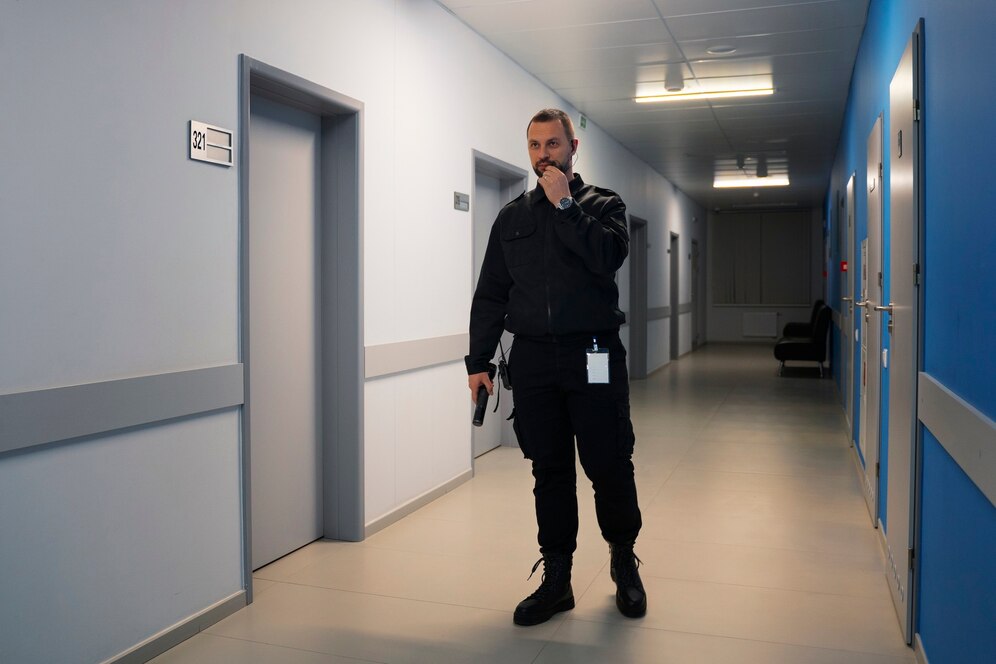SP full form: Superintendent of Police

SP Full Form and their Essential Role
In the realm of law enforcement and public safety, certain acronyms denote positions of authority and responsibility. One such acronym is “SP.” While you may have come across this term in discussions about police ranks, have you ever delved into the full form of “SP” and the crucial role they play in maintaining peace and security? In this article, we will explore the SP full form and uncover their essential contributions to law enforcement.
SP Full Form: Superintendent of Police
Defining SP:
“SP” stands for Superintendent of Police, a senior-ranking officer within the police force. The Superintendent of Police is responsible for overseeing law enforcement operations within a defined area or district, ensuring public safety, and upholding the rule of law.
Understanding the Significance of SP in Law Enforcement
Superintendents of Police hold a pivotal position in the law enforcement hierarchy. Here are key aspects that highlight the significance of SP:
- Operational Command: The SP is entrusted with the operational command of the police force in their jurisdiction. They formulate strategies, deploy resources, and ensure that law enforcement activities are executed effectively.
- Crime Prevention: SPs play a crucial role in preventing and controlling crime within their area of responsibility. They devise strategies to address specific criminal challenges and maintain public order.
- Community Policing: SPs engage with the community to build trust and cooperation. They work closely with citizens, community leaders, and stakeholders to address local issues and concerns.
- Crisis Management: In times of emergencies, natural disasters, or civil disturbances, SPs are at the forefront of managing the situation and coordinating response efforts.
- Personnel Management: SPs oversee the personnel within their jurisdiction, ensuring that officers are properly trained, motivated, and equipped to carry out their duties.
- Law Enforcement Ethics: SPs are responsible for upholding the highest standards of ethics, integrity, and professionalism within their force.
Hierarchy of Police Ranks
The Superintendent of Police is positioned in the mid-tier of the police hierarchy. The hierarchy typically includes ranks such as Assistant Superintendent of Police (ASP), Deputy Superintendent of Police (DSP), and Additional Superintendent of Police (Addl. SP), each with distinct responsibilities and authority.
Career Path and Selection
Becoming a Superintendent of Police requires a combination of experience, expertise, and merit. Police officers who exhibit leadership potential and a track record of effective service are typically considered for promotion to this rank.
Challenges and Responsibilities
The role of Superintendent of Police comes with a set of challenges and responsibilities:
- Balancing Act: SPs must balance administrative duties, law enforcement operations, and community engagement while maintaining the highest ethical standards.
- Dynamic Environments: Law enforcement scenarios are dynamic and unpredictable, requiring quick decision-making and adaptability.
- Accountability: SPs are accountable for the safety and security of their jurisdiction, as well as the actions of their personnel.
Conclusion
“SP,” or Superintendent of Police, signifies a position of leadership and responsibility within law enforcement agencies. The role’s multifaceted nature, spanning operational command, crime prevention, community engagement, and crisis management, underscores its significance in maintaining public safety and upholding the rule of law. The next time you witness law enforcement officers in action, remember that SPs are working diligently behind the scenes to ensure the safety and security of the community they serve.